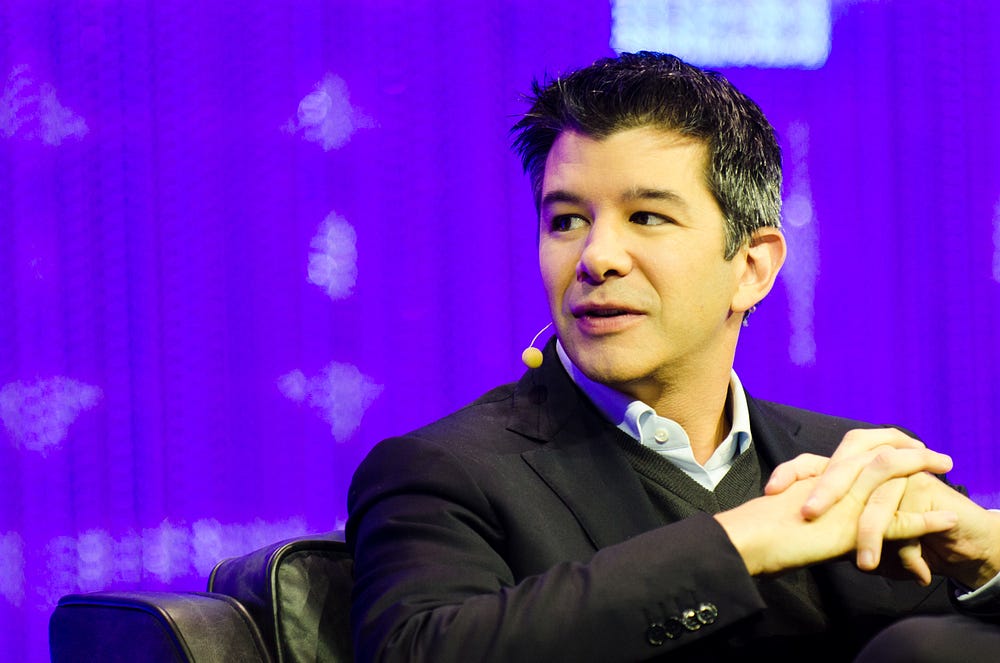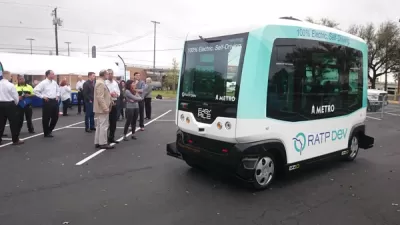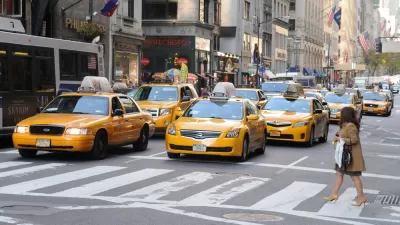Uber needs only a few more years to start its driverless mobility services. Meanwhile its million-plus self-employed drivers are providing the company with money, data, and future customers before their jobs get permanently ditched.
What Uber has done, since it started seven years ago, is to lay a sweet trap for people willing to become taxi drivers, but without the means and qualifications to get a license. Initially Uber advertised itself as a “sharing economy” enterprise, allowing any safe driver to augment his/her income by working a few hours a week providing rides.
Back in 2014, in an interview during the Code Conference, Uber CEO Travis Kalanick claimed that the more drivers there are out there, the more reliable the service, the more trips per hour every driver can do. As pick up times get shorter, he argued, drivers will be going from trip to trip without down time. “When trips per hour go up, then pricing can come down, and they can make the same income,” he said. “When pricing comes down you can bring more riders and drivers into the system.” None of this is a selling point for Uber drivers.

A recent report by British MP Frank Field, chair of the work and pensions committee, found that Uber drivers are “feeling forced to work extremely long hours, sometimes more than 70 a week, just to make a basic living,” and that Uber “treats its drivers as Victorian-style ‘sweated labour’.”
Asked about self-driving cars, Kalanick was clear about the future: “Look, this is the way the world is going. If Uber doesn’t go there, it’s not going to exist either way. ”
FULL STORY: Uber drivers are helping company kill their own jobs

Planetizen Federal Action Tracker
A weekly monitor of how Trump’s orders and actions are impacting planners and planning in America.

San Francisco's School District Spent $105M To Build Affordable Housing for Teachers — And That's Just the Beginning
SFUSD joins a growing list of school districts using their land holdings to address housing affordability challenges faced by their own employees.

The Tiny, Adorable $7,000 Car Turning Japan Onto EVs
The single seat Mibot charges from a regular plug as quickly as an iPad, and is about half the price of an average EV.

Seattle's Plan for Adopting Driverless Cars
Equity, safety, accessibility and affordability are front of mind as the city prepares for robotaxis and other autonomous vehicles.

As Trump Phases Out FEMA, Is It Time to Flee the Floodplains?
With less federal funding available for disaster relief efforts, the need to relocate at-risk communities is more urgent than ever.

With Protected Lanes, 460% More People Commute by Bike
For those needing more ammo, more data proving what we already knew is here.
Urban Design for Planners 1: Software Tools
This six-course series explores essential urban design concepts using open source software and equips planners with the tools they need to participate fully in the urban design process.
Planning for Universal Design
Learn the tools for implementing Universal Design in planning regulations.
Smith Gee Studio
City of Charlotte
City of Camden Redevelopment Agency
City of Astoria
Transportation Research & Education Center (TREC) at Portland State University
US High Speed Rail Association
City of Camden Redevelopment Agency
Municipality of Princeton (NJ)





























